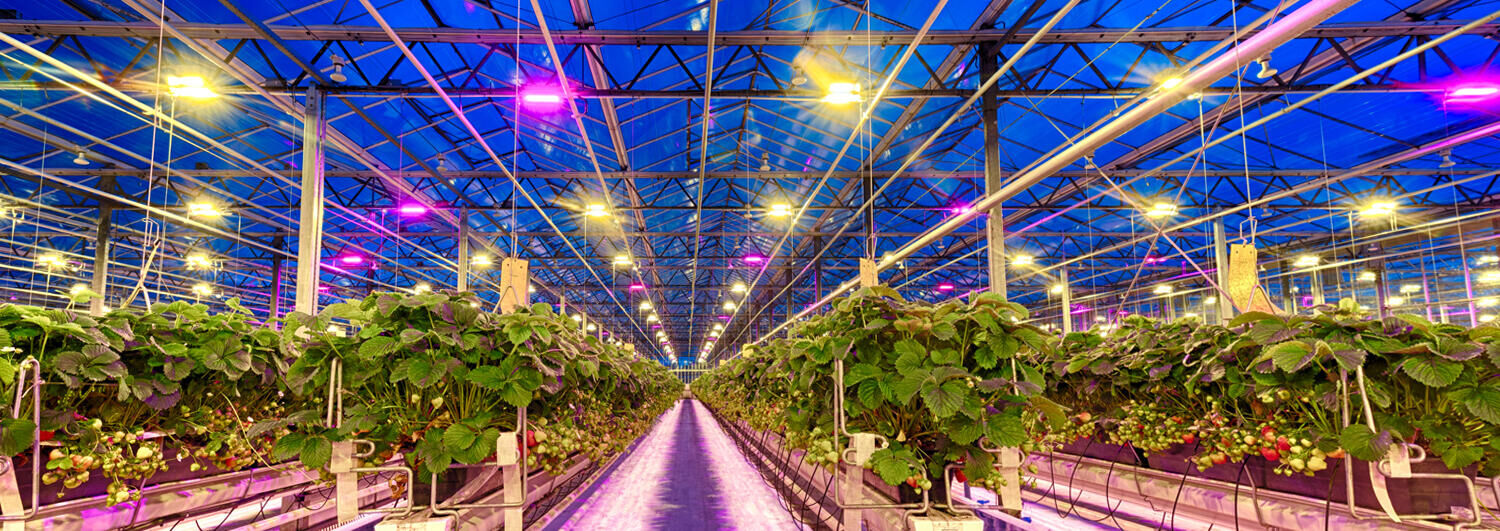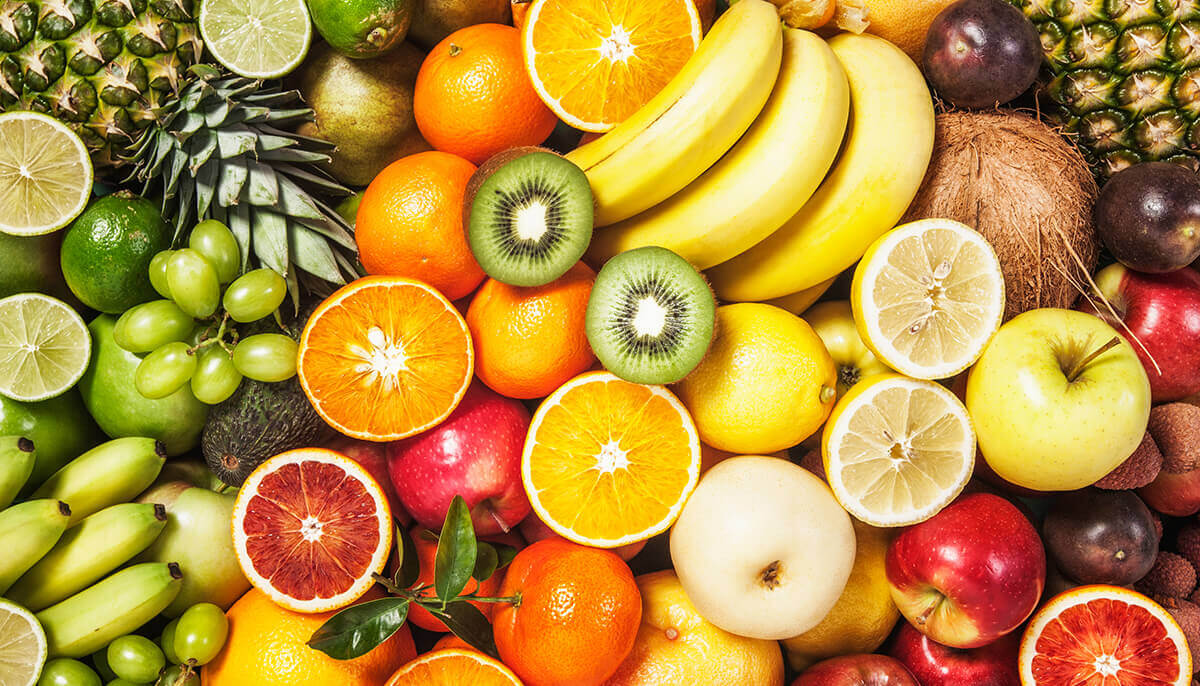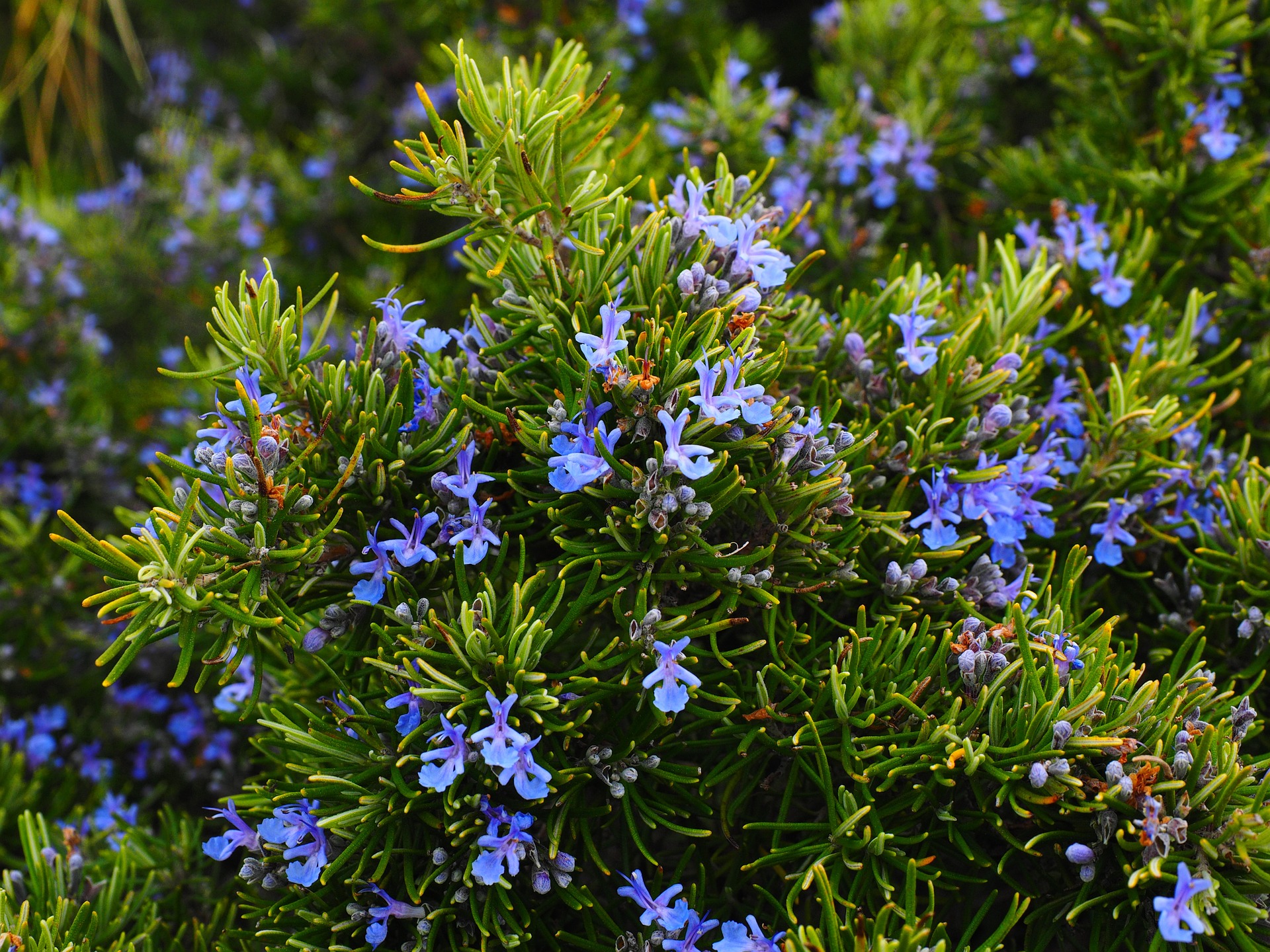Grow lights are artificial light sources designed to simulate sunlight, allowing plants to grow indoors year-round. They are essential for indoor gardening, especially during winter months when natural light is limited. By understanding the types of grow lights and how to use them effectively, you can cultivate healthy and vibrant plants indoors.
Types of Grow Lights
- Fluorescent Lights:
- Pros: Energy-efficient, affordable, and produce a cool light that is suitable for seedlings and leafy green vegetables.
- Cons: Less powerful than other types of lights, may require more fixtures for optimal growth.
- Compact Fluorescent Lights (CFLs):
- Pros: More energy-efficient than traditional fluorescent lights, produce a wider spectrum of light, and are suitable for a variety of plants.
- Cons: Can generate heat, which may need to be managed in small spaces.
- Light-Emitting Diode (LED) Lights:
- Pros: Energy-efficient, long-lasting, produce minimal heat, and offer a wide spectrum of light that can be customized to suit different plants.
- Cons: Can be more expensive upfront, but the long-term savings often outweigh the initial cost.
- High-Intensity Discharge (HID) Lights:
- Pros: Very powerful and effective for large-scale indoor growing operations.
- Cons: Generate significant heat, require special ballasts, and can be expensive to operate.
Choosing the Right Spectrum
The spectrum of light emitted by grow lights is crucial for plant growth. Different plants have different light requirements. Generally, plants require a combination of blue and red light:
- Blue Light: Promotes vegetative growth, including leaf and stem development.
- Red Light: Encourages flowering and fruiting.
Tips for Using Grow Lights
- Light Cycle: Most plants need a 12-16 hour light cycle.
- Light Intensity: The intensity of light should be sufficient for the type of plants you’re growing.
- Light Distance: The distance between the lights and the plants will vary depending on the type of light and the plant’s needs.
- Ventilation: Adequate ventilation is essential to prevent heat buildup and ensure proper air circulation.
- Plant Rotation: Rotate your plants regularly to ensure even growth.
By carefully selecting and using grow lights, you can create a thriving indoor garden, regardless of the season or your location.



